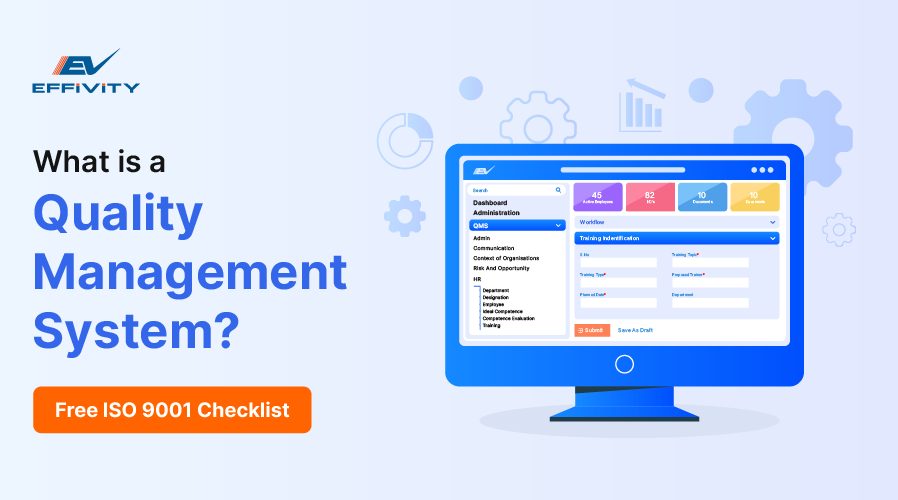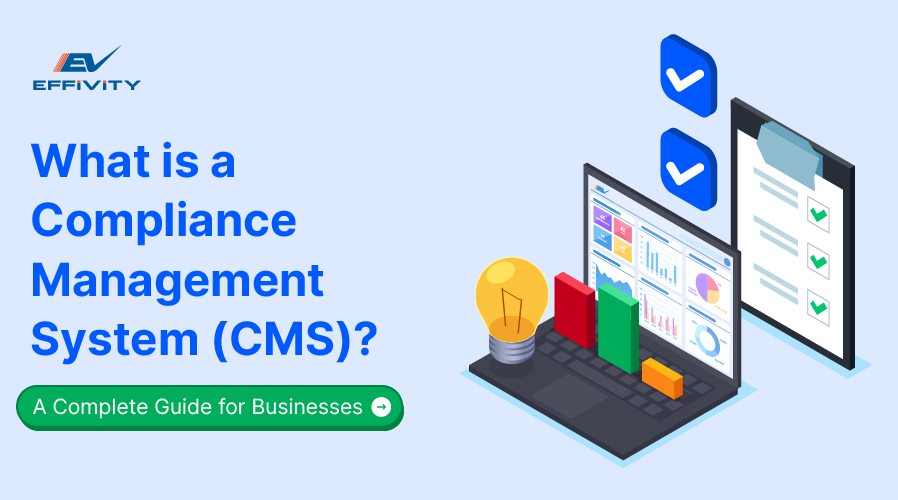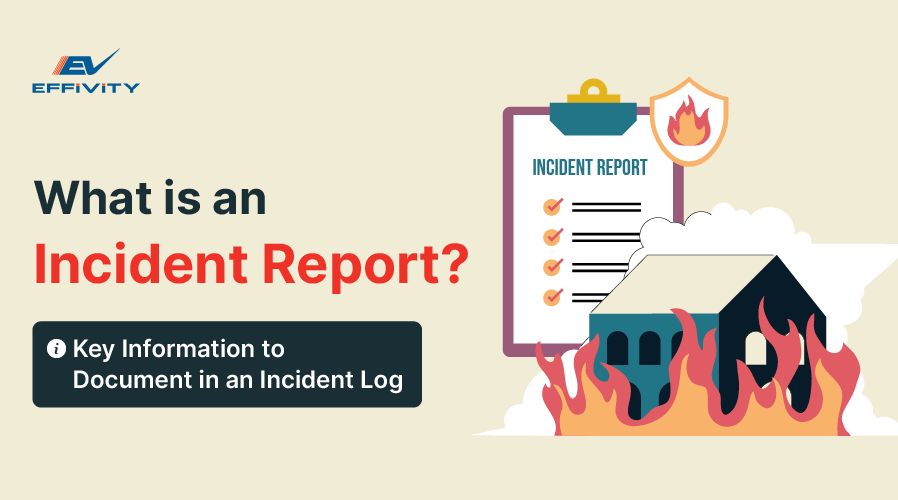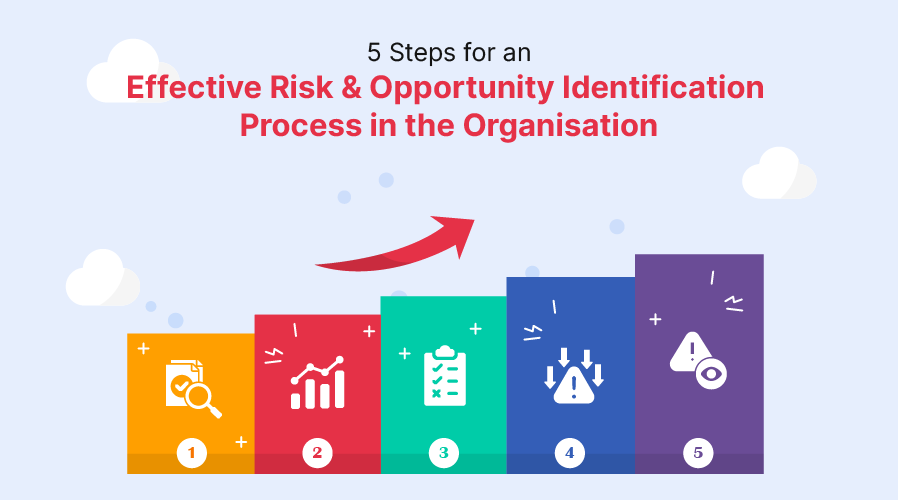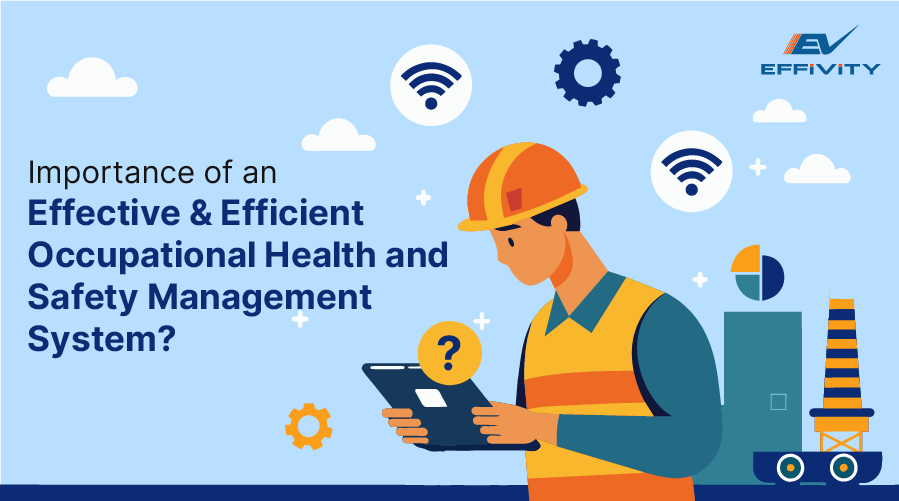Every organization faces unexpected events, whether they're minor accidents, near-misses, or more serious incidents. But how you tackle those events matters a lot.
When such situations occur, the way they're assessed, managed, and documented can make a significant difference in addressing the issue, preventing future occurrences, and ensuring compliance with regulations.
Here, creating a detailed incident report becomes critical to understand what exactly happened, why it occurred, and what measures you can take to prevent such incidents in the future.
Let's explore what an incident report entails, why it's essential, and what information should be documented in an incident log.
What is an Incident Report?
An incident report is a detailed, factual account of an event that disrupted normal operations, posed a risk to health or safety, or resulted in damage or injury. Think of it as a snapshot capturing what happened, how it happened, and who was involved.
These reports are crucial for various reasons:
- They provide an official record of events.
- Analyzing reports can help organizations identify patterns and risks, leading to improvements in policies and procedures.
- An incident report becomes a useful resource during audits.
Moreover, incident reporting isn't meant only for workplace accidents. You can also document security breaches, environmental hazards, or even customer complaints—essentially any situation requiring follow-up action.
Why Is an Incident Report Important?
Incident reports play a critical role in maintaining workplace safety, operational efficiency, and organizational accountability. Here's why the incident reporting procedure matters:
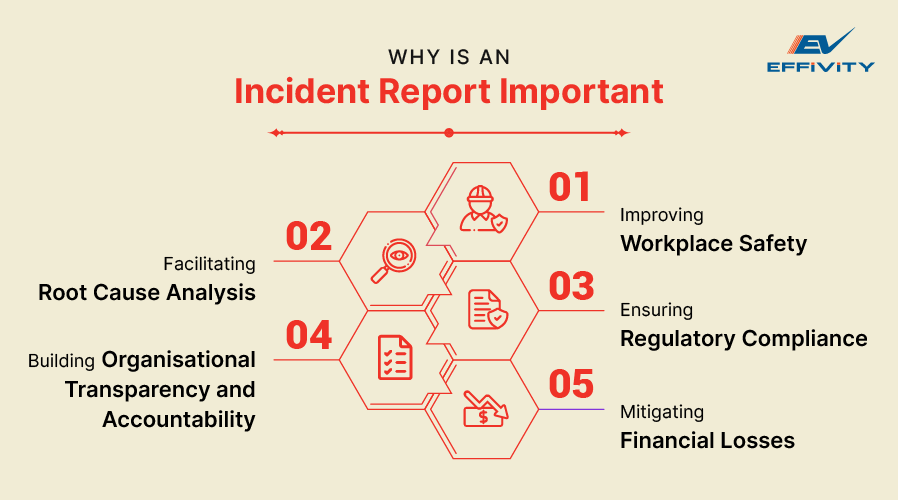
1. Improving Workplace Safety
One of the primary purposes of an incident report is to enhance safety by identifying and addressing hazards. In documenting what went wrong, you can analyze recurring patterns, pinpoint vulnerabilities, and implement measures to prevent similar incidents in the future.
For instance, if reports consistently highlight slips in a particular area, you can take appropriate corrective actions like improving drainage or adding non-slip flooring.
2. Facilitating Root Cause Analysis
An incident report is an essential tool for investigating the root causes of an event. It allows you to dig deeper into not just what happened but why it happened. Was it human error? A lack of training? Faulty equipment? Understanding the "why" helps in crafting long-term solutions that go beyond surface-level fixes.
3. Ensuring Regulatory Compliance
Many industries are subject to stringent health, safety, and operational standards. Incident reporting is often a legal or regulatory requirement to demonstrate that an organization is taking adequate steps to manage risks. A well-documented incident report can act as evidence of compliance, protecting your organization during internal audits, inspections, or legal proceedings.
4. Building Organisational Transparency and Accountability
Incident reports foster a culture of transparency by encouraging employees to report events without fear of blame. This openness helps your organization to understand potential risks and shortcomings in its systems, ultimately creating a safer and more accountable workplace.
5. Mitigating Financial Losses
Incidents can lead to direct costs like medical expenses or equipment repair, as well as indirect costs such as lost productivity or reputational damage. Timely and thorough incident reporting helps minimize these losses by enabling quicker response times and more effective preventative measures.
What Should an Incident Report Include?
A comprehensive incident report must cover the "5 Ws and 1 H": Who, What, Where, When, Why, and How. Here's a detailed breakdown of the key elements:
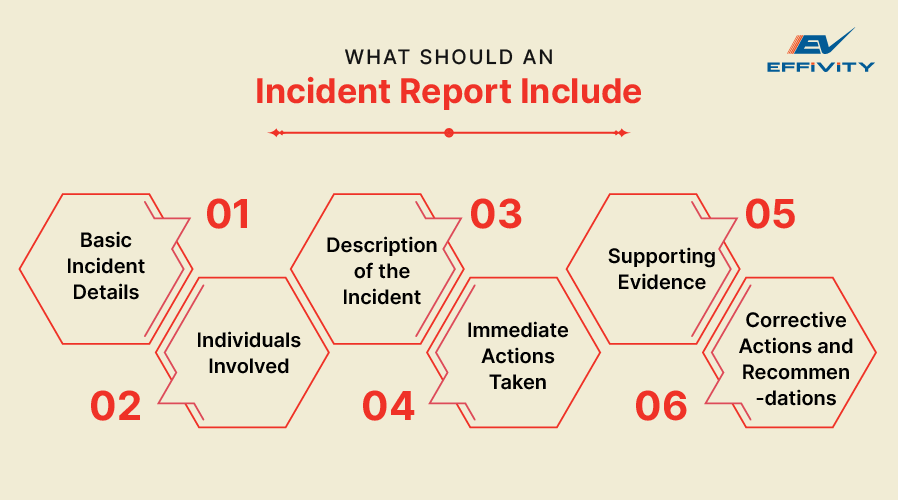
1. Basic Incident Details
When an incident occurs, start with the fundamentals-
- Date and Time: Specify when the incident occurred and include the exact time for precision.
- Location: Note where the incident happened; you can be as specific as possible (e.g., "Warehouse loading dock, Zone A").
This basic information sets the foundation for the report and helps pinpoint patterns if similar incidents occur.
2. Individuals Involved
Next, you need to document everyone connected to the incident-
- Name(s) of the individual(s) directly involved.
- Include the names and contact details of any witnesses present.
- Identify the roles of individuals/witnesses involved to help clarify the context.
For example, was the injured party an employee, a contractor, or a customer? Including the witnesses will help you gain valuable insight into what exactly happened.
3. Description of the Incident
This is where you detail what happened. Here, it is important to stick to facts and avoid assumptions. A detailed description of the incident will answer questions like-
- What exactly occurred?
- What was the sequence of events?
- Were there any immediate responses?
For example: "X slipped on a wet floor in the breakroom while carrying a box. He landed on his right arm and reported feeling pain in his wrist."
Further, if there were any damages caused by the incident, accurately document the nature and extent of the damage to ensure necessary steps are taken to mitigate the incident.
4. Immediate Actions Taken
How your organization responds to an incident is the most important aspect of ensuring safety within the workplace. This section shows how you prioritized safety and minimized further risks.
So, within your incident log, outline how the situation was addressed-
- Was first aid administered?
- Were emergency services called?
- Were any areas cordoned off or equipment shut down?
- What was the effect on individual employees, and how was it handled?
5. Supporting Evidence
A thorough incident report will also include additional evidence, such as-
- Photos or videos of the scene.
- Diagrams showing how the incident unfolded.
- Statements from witnesses.
This visual evidence will provide clarity and objectivity to the incident, reducing ambiguity in the report.
6. Corrective Actions and Recommendations
Now that the incident has occurred, what next – how do you plan on ensuring it doesn't happen again? It can help to include the corrective action you have taken in the incident log. This can include answering questions like-
- What were changes made to prevent similar incidents (e.g., improved cleaning schedules or additional signage)?
- Was there a follow-up with the injured party?
- Are new training programs required?
For example: "To prevent similar incidents, all staff will undergo refresher training on hazard identification. 'Wet Floor' signs will also be replaced with more visible ones."
With detailed insights into the corrective actions taken and recommendations to prevent reoccurrence, the incident report will facilitate better future planning, enable timely response, and ensure continuous improvement in the organization.
The Bottom Line
A detailed incident report not only helps address immediate issues but also equips organizations with the insights needed to prevent future incidents.
When handled effectively, incident reporting becomes a proactive measure that strengthens safety protocols, supports informed decision-making, and demonstrates a commitment to continuous improvement.
With Effivity's robust compliance management software, incident reporting is simple and effective. You can easily standardize the incident reporting process, streamline communication, track the effectiveness of corrective actions, and ensure audit readiness.
Explore our website to learn more.

